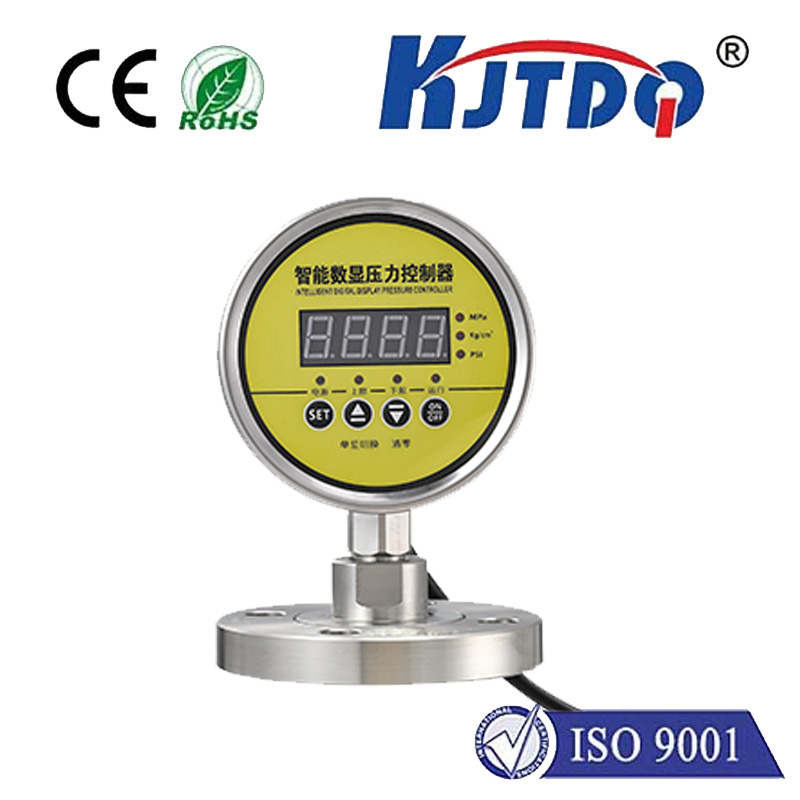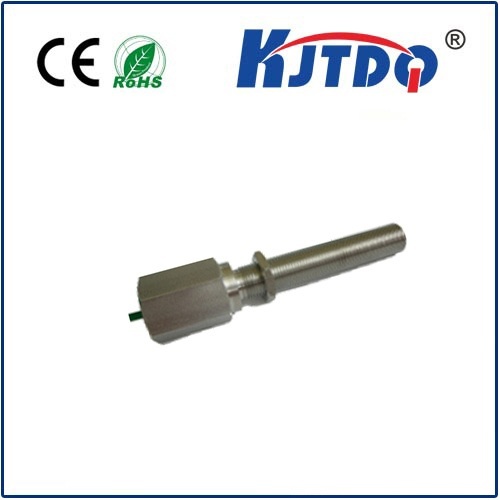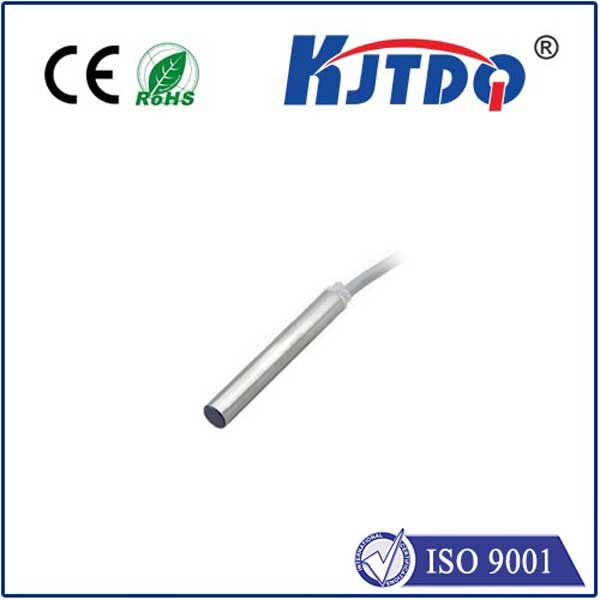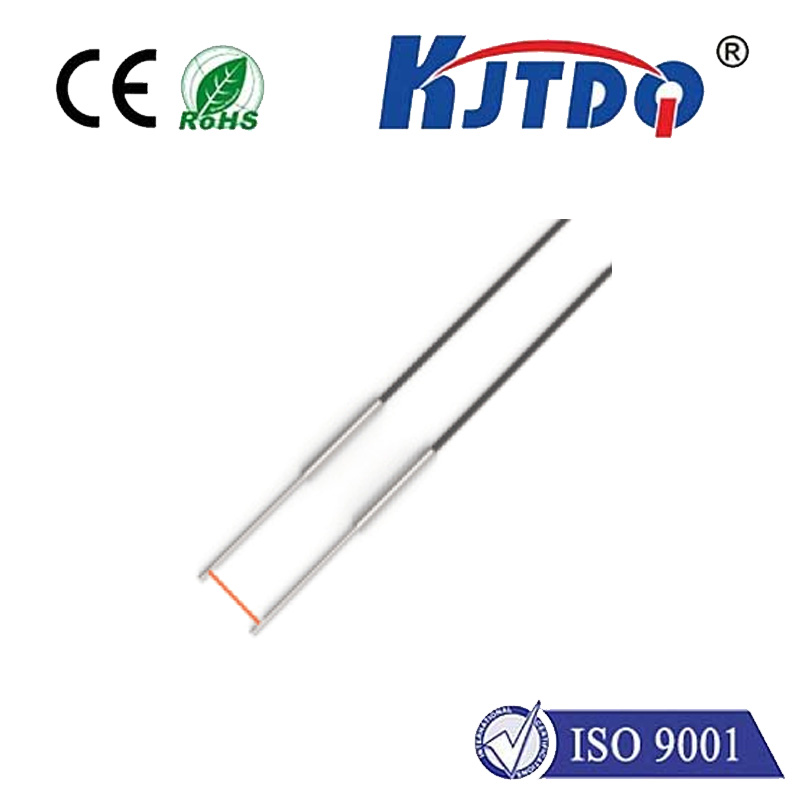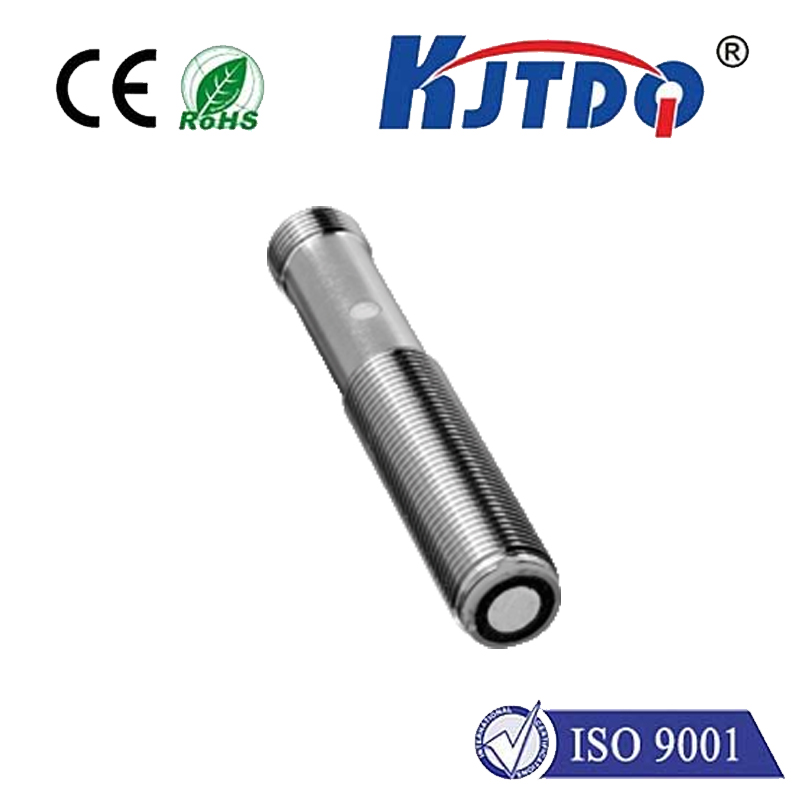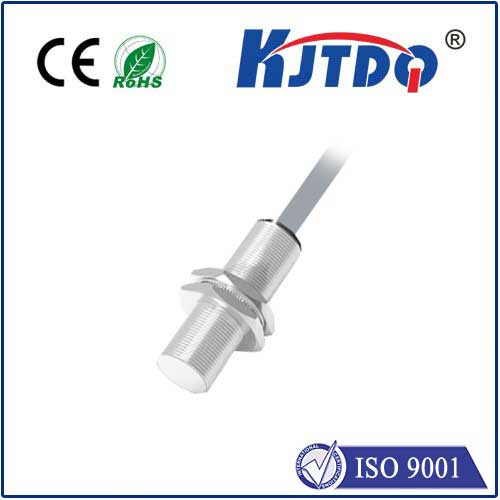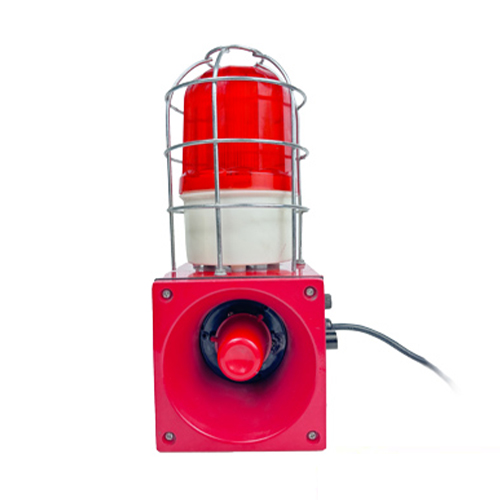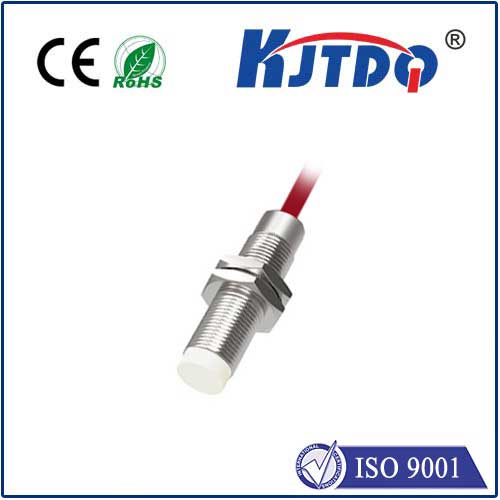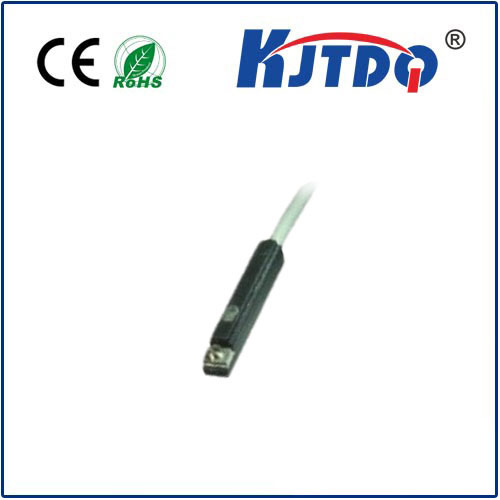laser emit sensor
- time:2025-09-08 16:53:24
- Click:0
Laser Emission Sensors: The Invisible Guardians of Modern Technology
Imagine an intricate manufacturing line where robots weld precision components with tiny, powerful laser beams. How does the system know the laser is firing correctly? Or picture an autonomous vehicle navigating a busy street: how does it detect the laser pulses from LiDAR sensors on other cars? The answer lies in specialized, often unseen devices: laser emission sensors. These intelligent components are fundamental to countless applications where monitoring, detecting, and measuring laser light is critical for safety, precision, and functionality.
What Exactly is a Laser Emission Sensor?
At its core, a laser emission sensor is a device designed to detect the presence, intensity, wavelength, or other characteristics of laser light. While often thought of as simply detecting stray or potentially hazardous beams (safety applications), their roles are far more diverse. Think of them not just as detectors, but as essential feedback mechanisms within systems that utilize laser technology. They verify operation, trigger actions, ensure alignment, protect personnel, and provide critical data for process control.
The Anatomy of Detection: Core Components

While designs vary significantly based on application, most laser emission sensors share some fundamental building blocks:
- The Lens/Optical Window: This is the entry point for light. Its primary job is to collect and focus incoming laser radiation onto the sensitive detection element. Materials and coatings are carefully chosen based on the target laser wavelength to maximize transmission and minimize unwanted reflections or absorption.
- The Photodetector (The Heart): This is the element that converts light energy into an electrical signal. The most common types include:
- Photodiodes: Highly responsive and fast, ideal for detecting pulsed lasers or measuring intensity. Silicon photodiodes cover visible and near-infrared (NIR), while InGaAs detectors handle longer infrared wavelengths.
- Phototransistors: Offer built-in signal amplification, useful for simpler detection needs but generally slower than photodiodes.
- Photomultiplier Tubes (PMTs): Extremely sensitive, used for detecting very low-level laser light, often in scientific instruments.
- Charge-Coupled Devices (CCDs) / Complementary Metal-Oxide-Semiconductors (CMOS): Used in imaging sensors to detect the position and shape of a laser beam (e.g., for alignment).
- Signal Conditioning Circuitry: The raw signal from the photodetector is often weak or noisy. This circuitry filters out unwanted signals (like ambient light), amplifies the relevant signal, and converts it into a usable format (e.g., a digital on/off signal, a voltage proportional to intensity, or precise time-of-flight data).
- Output Interface: This provides the processed information to the broader system. Outputs can range from simple transistor switches (TTL) to standardized analog voltages (0-5V, 4-20mA) or sophisticated digital communication protocols (IO-Link, Ethernet).
- Housing: Protects the sensitive internal components from environmental factors like dust, moisture, chemicals, and physical impact. Materials range from ruggedized plastics for indoor use to heavy-duty metal housings for industrial environments.
The Core Principle: How They Perceive Light
The fundamental principle behind nearly all laser emission sensors is the photoelectric effect. When photons (particles of light) strike the surface of the photodetector material with sufficient energy (dependent on the material’s bandgap and the light’s wavelength), they can liberate electrons. This liberation of electrons creates an electrical current proportional to the intensity of the incident light. By precisely measuring this current (or voltage derived from it), the sensor can detect the presence and strength of the laser beam.
Different Strokes for Different Lasers: Key Sensor Types
Not all lasers are the same, and neither are the sensors that detect them. Key types include:
- Wavelength-Specific Sensors: Tuned to detect lasers operating only at very specific wavelengths (e.g., 905nm, 1550nm). This is crucial for distinguishing a target laser from background light and is common in LiDAR receivers and laser safety curtains.
- Position-Sensitive Detectors (PSDs): Used when knowing the location of a laser spot is critical, such as in optical alignment systems or triangulation-based distance measurement.
- Beam Profilers: More sophisticated sensors (often using CCD/CMOS arrays) that capture a 2D image of the laser beam profile, measuring its diameter, shape, and intensity distribution – vital for laser material processing quality control.
- Laser Power/Energy Sensors: Designed to accurately measure the total optical power (continuous wave lasers) or energy per pulse (pulsed lasers) over a broad range. These are often calibrated instruments used in labs and manufacturing.
- Laser Safety Sensors: Perhaps the most recognizable type. These are designed to detect potentially hazardous stray laser radiation very quickly (often within microseconds) and trigger safety interlocks (e.g., shutting down the laser source or closing protective shutters) to prevent eye or skin damage. Rapid response time and high sensitivity are paramount here.
Where the Light is Measured: Ubiquitous Applications
The reach of laser emission sensors is vast, impacting numerous industries:
- Industrial Automation & Manufacturing:
- Laser Process Monitoring: Sensors detect the laser beam in real-time during cutting, welding, marking, or additive manufacturing, ensuring the beam is present and often measuring its power/position for quality control feedback loops. Ensuring consistent weld penetration depth relies on this.
- Machine Safety: Laser safety curtains and area scanners guard dangerous zones around robotic cells equipped with high-power lasers.
- Precision Positioning & Alignment: Sensors confirm laser alignment in complex machinery or use laser triangulation for micrometer-precise distance and height measurements. Think semiconductor wafer alignment.
- Safety Systems:
- Laser Safety Barriers (Light Curtains): Create an invisible protective shield around laser workstations. Any beam interruption triggers an immediate emergency stop.
- Interlock Sensors: Monitor the status of protective covers on laser equipment; if opened while the laser is active (detected by internal sensors), the laser shuts down.
- Medical Technology:
- Monitoring laser output in surgical devices (laser scalpels, dermatology tools, eye surgery) for precise dosage control and safety.
- Detecting laser beams in diagnostic equipment like flow cytometers.
- Automotive & Mobility:
- LiDAR (Light Detection and Ranging): The core receiver element in LiDAR systems is essentially a sophisticated, high-speed laser emission sensor, detecting the reflected pulses to build 3D environmental maps crucial for autonomous driving and ADAS.
- Interior cabin monitoring using low-power lasers.
- Environmental Monitoring & Research:
- LIDAR for Atmosphere: Detecting backscattered laser light for measuring pollution levels, cloud heights, and wind speeds.
- Raman spectroscopy sensors rely on detecting specific laser-induced scattering.
- Consumer Electronics & Communications:
- Optical data transmission (fiber optics) uses laser detectors.






